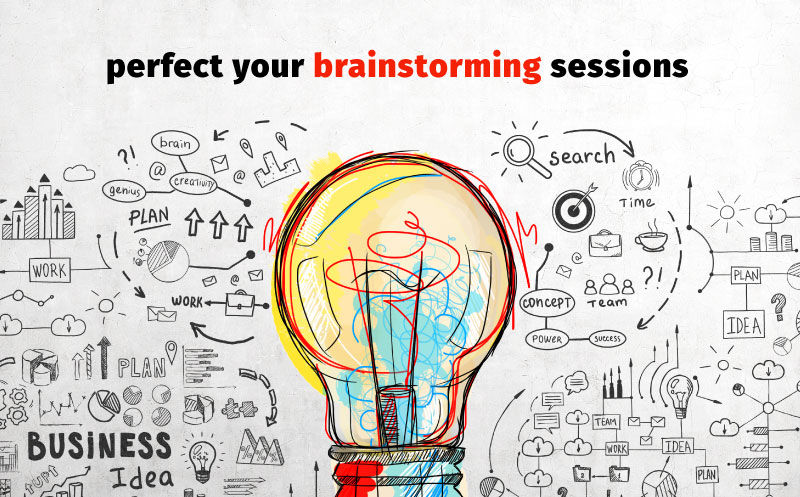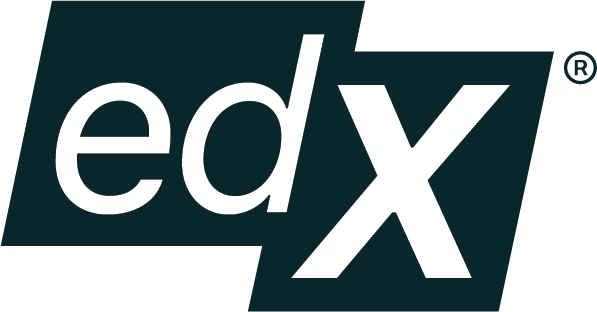TED-Ed Digital Learning For Rest Of Us
- lemclean
- Sep 28, 2021
- 4 min read
Updated: Oct 5, 2021
Replicate where possible in the worksite
Investing in people through improvements in training and readiness can be an expensive venture for any organization. Thus, finding the alternative and most cost-effective ways of bringing relevant information and content are about understanding the requirements. TED-Ed platform provides rich content and resources around educational practices that can be replicated for any organization or team wanting to improve their knowledge management and learning experience. Owning to the problem of practice for the researcher, which has to do with knowledge management, TED-Ed serves as a good model for replication in terms of using short videos to driving learning experience through active monitoring. Exploring the teaching and learning capabilities offered available on the platform will certainly serve as some form of blueprint by which collaborating with others within the workplace becomes invaluable.

Organizational Learning and the learning experience Discovering knowledge on TED-ED platform On Sunday April 19, 2020, the practitioner was able to execute an observational study on TED-Ed. This platform was chosen for the weekly observation due to it being an educational learning entity available globally. TED-Ed is highly rich in content materials that offer training and readiness opportunities to anyone with an Internet connection. Similar to other educational sites, there are multiple references to diverse learning and teaching skills open to the general public. It allows for the acceleration of knowledge that was once paid for in various other settings. TED-Ed like its sister educational site, TED Talks, provides short videos that include some form of animations to bring readiness content to the forefront for the user. There are numerous supplemental materials along with quizzes on videos that help with the learning experience.

TED-Ed (Discover, Create, Support)
Throughout this observational period, the practitioner kept asking some fundamental questions that guided the exploration of the educational assets available on the platform. For example, how is TED-Ed helping to promote educational activities? It was clear that after spending several minutes one could realize the potential of the site to assist in the promotion of educational content and material. Available within the ‘Discover’ section are options from video-based lessons organized by age and subject, series which are packaged content, and knowledge blogs. Additionally, they allow for not only consumption of content, but likewise the creation. Thus, if you have a creative perspective and would want to share it with the world, this is an option also. More specifically to educational experience and focus, there are video-based lessons whereby you are able to create TED-Ed lessons using samples from a public library, publish and monitor the progress.

TED-Ed How to Create Content Students are able to create their TED talks which provide the opportunity for them to showcase their own work. In addition, Educator Talks and Masterclass provide an option for the support of nominating educators, and animators. What’s more, students, educators, and parents have options available on the platform to engage based on their teaching and learning style. TED-Ed even has the ability to send out daily email lesson plans (newsletter - Elementary, Middle, High Schools to College/University). According to a notice on the platform, "TED-Ed is working with expert educators and TED speakers throughout the world to create and share high-quality, interactive, video-based lessons on a daily basis, for free" (TED-Ed, 2020), indicating their commitment to producing and maintaining educational content. Despite all of this though, it wasn’t obvious how many other individuals had complete awareness of TED-Ed asset, since it is very different from the traditional TED Talks. Further, I was not entirely convinced that the materials available would have been deemed as primary content rather they are supplementary to a course or curriculum. Improvement science and continuous learning experience An organization needs to figure out the different ways by which they translate existing and new information into knowledge. With this in mind, there are multiple frameworks in existence that facilitate this transition. In fact, Lewis (2015) argues that “new approaches to the connection between knowledge and improvement are emerging from improvement science” (p. 54), which forms the foundation for this body of work to come to fruition. The availability of content affiliated with educational practices from TED-Ed highlights the continuous improvement mechanism that has to be embraced in order to keep the repository active. Admittedly, institutions will likely have to confront a similar fate. In the article 'What is Improvement Science?', Lewis alluded to the notion that “Knowledge for improvement may also be embodied in organizations and individuals” (2015, p. 58) which becomes the driving force towards integration across a broad spectrum of actors.

Plan-Do-Study-Act Cycle Learning and integration through self-empowerment of knowledge There are always new ideas that come to the surface whereby we can align against as ways for improvements.
Decentralized learning capabilities on TED-Ed…even though there is the option for lesson planning
Potential implementation of learning videos
Integration of blogs for knowledge workers
Brainstorming with others inside and outside the institution

Brainstorming sessions The opportunity for transforming an organization to be more dynamic with knowledge is about leveraging existing assets inside and outside its walls. To what extent can we tap into the open-source content that exists outside the organization? References Brainstorming photo credit - https://roundpeg.biz/2015/03/killer-brainstorming-session/ Lewis, C. (2015). What Is Improvement Science? Do We Need It in Education?. Educational Researcher, 44(1), 54-61. Organizational Learning photo credit - https://www.bing.com/images/search?view=detailV2&ccid=KRNyXi0M&id=BEE1C97AE94B14EA2CCF246B470054B3A8AF5E77&thid=OIP.KRNyXi0MnhbTv0sKa2OPQAHaEQ&mediaurl=https%3a%2f%2fwww.bridgespan.org%2fbridgespan%2fImages%2farticles%2fthe-challenge-of-organizational-learning%2ffeature-four-elements-of-organizational-learning-chart1-1200.jpg&exph=689&expw=1200&q=learning+organization&simid=608010361949653366&selectedIndex=8&ajaxhist=0 PDSA Model photo credit - https://werryworkforce.org/quality-improvement/pdsa TED-Ed. (2020). https://ed.ted.com. Retrieved on April 19, 2020 from the TED-Ed platform.




Comments